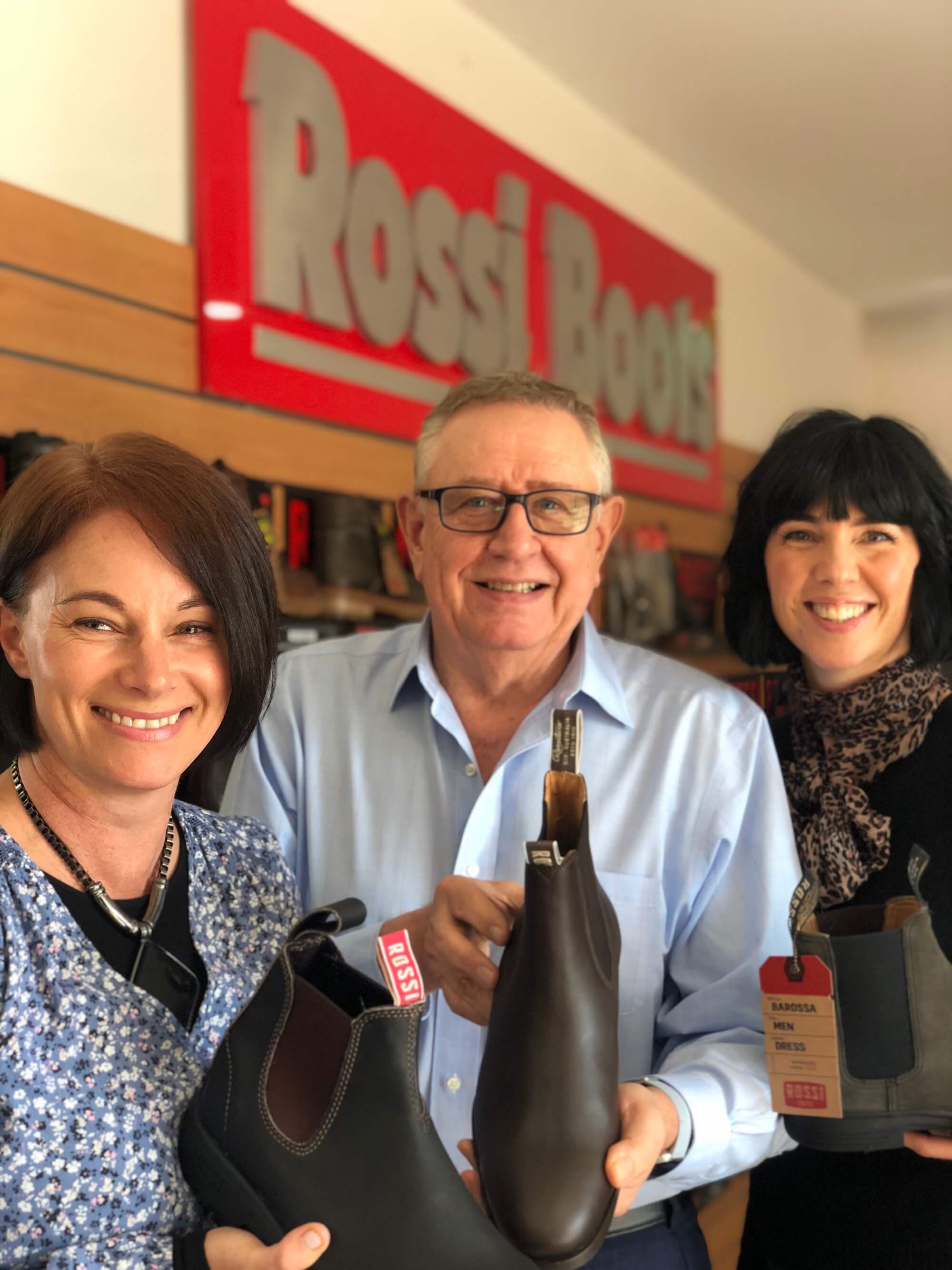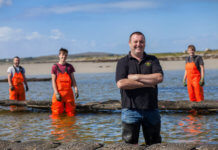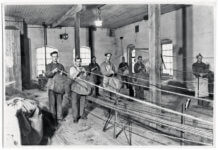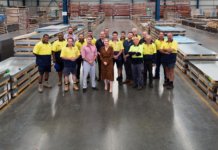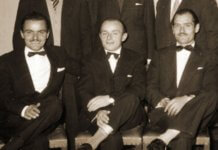Rossi Boots has had first-hand experience dealing with the unprecedented retail disruption of the last two decades. Their realisation: more than a century designing, manufacturing and delivering high-quality footwear is not enough to guarantee sustainability.
In Australia, imported goods and online retail have created a highly competitive global marketplace, diminishing many of the regional benefits local businesses used to enjoy. For many family-owned firms around the world, adaptation often falls to the next generation of owners – Rossi Boots is one such example.
Under the guidance of the fourth generation of Rossiters, Rossi Boots has weathered an exacting managerial and philosophical transformation. Today, with a forward-facing vision that simultaneously draws on past triumphs, the family business is catching up to other internationally recognised Australian brands without alienating their local consumer base.
Tharawat Magazine had the opportunity to sit down with Melinda Rossiter, great-granddaughter of the company’s founder, to discuss Rossi Boots’ transformation, its newfound flexibility and the advantage of being able to draw on more than 100 years of excellence in boot making.
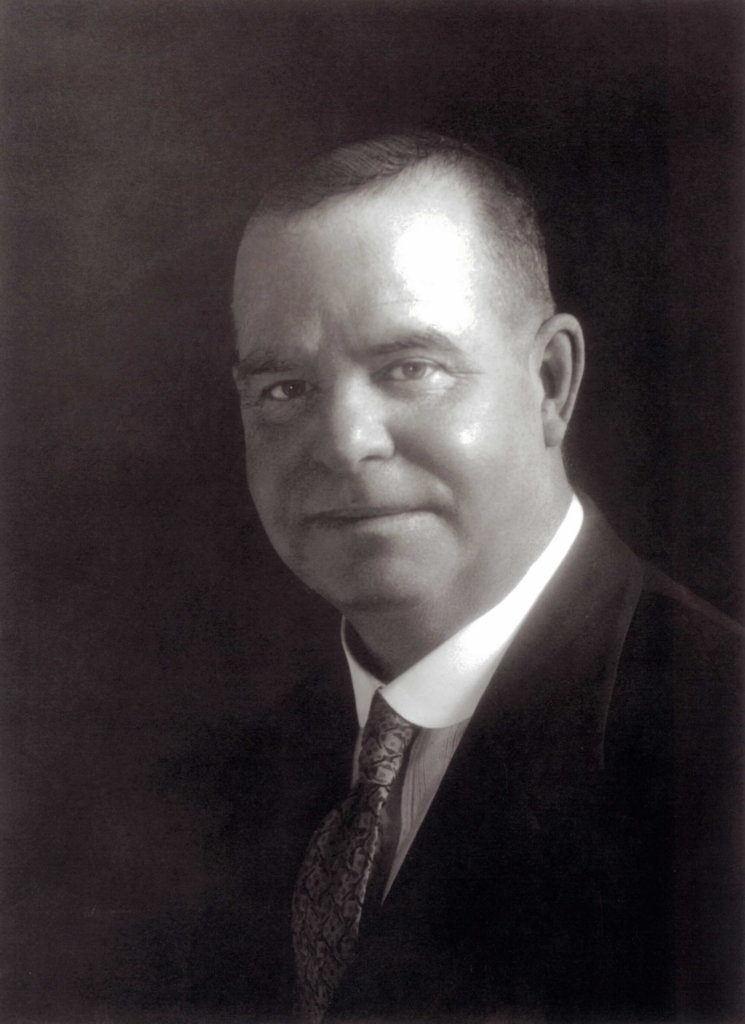
How did your great–grandfather’s cobbler workshop become the household name it is today?
In 1908, Arthur Rossiter began making boots in his backyard shed. Two years later, in 1910, he built the Unley Road factory and formalised the business through his company, Rossiter’s Proprietary Limited. He struggled to build a business at the same time as he grew his family and risked everything to make it work.
World War I was his first entrepreneurial windfall; he started supplying the Australian army with boots. His contributions to the war effort generated a lot of support from the government, which saw his business take off. It’s a stark contrast to today, where we receive very little governmental support.
My great-grandfather was also an avid sportsman, playing football and cricket competitively. He leveraged those connections and began supplying football boots to several teams in what we now call the South Australia National Football League. That move helped diversify the business after the wars and further contributed to Rossi Boots’ status as a household name.
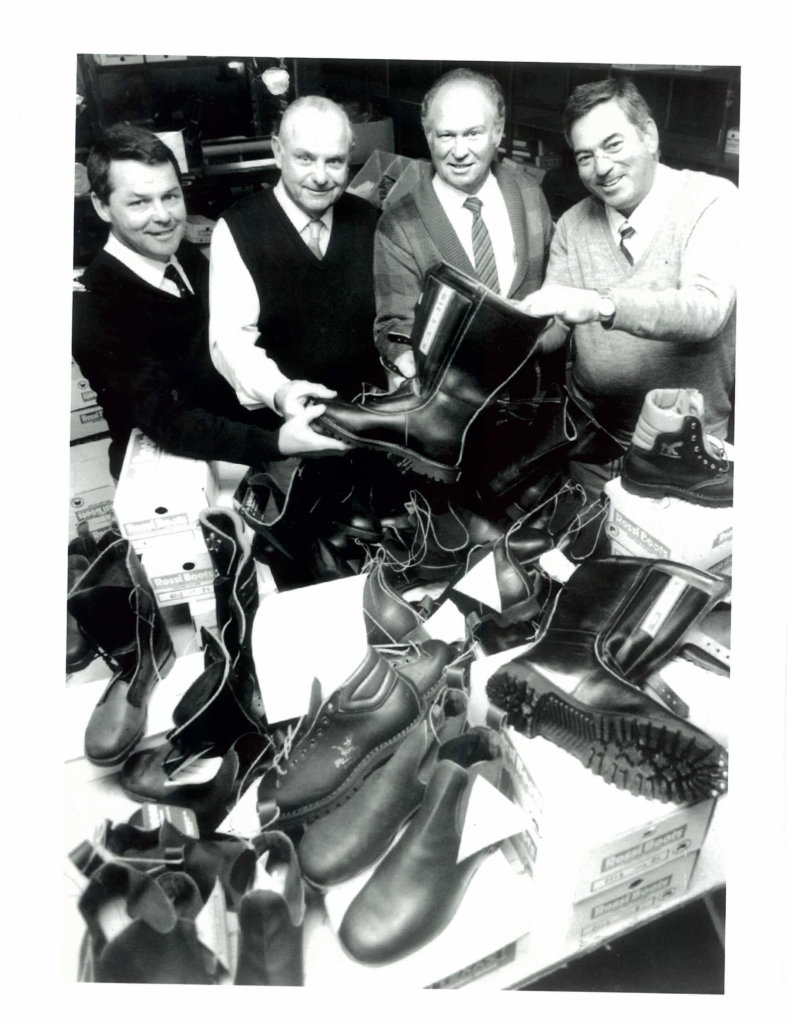
What was the business like when you were growing up?
When I was young, there were few imported goods, and we basically made boots on demand. Back then, the factory ran the business; sales and, by extension, marketing were secondary. We survived on what we manufactured and sold everything we produced. We were living comfortably and were content with our positioning. Our shareholders were also pleased. The outlook was positive, and I have many fond memories of that time.
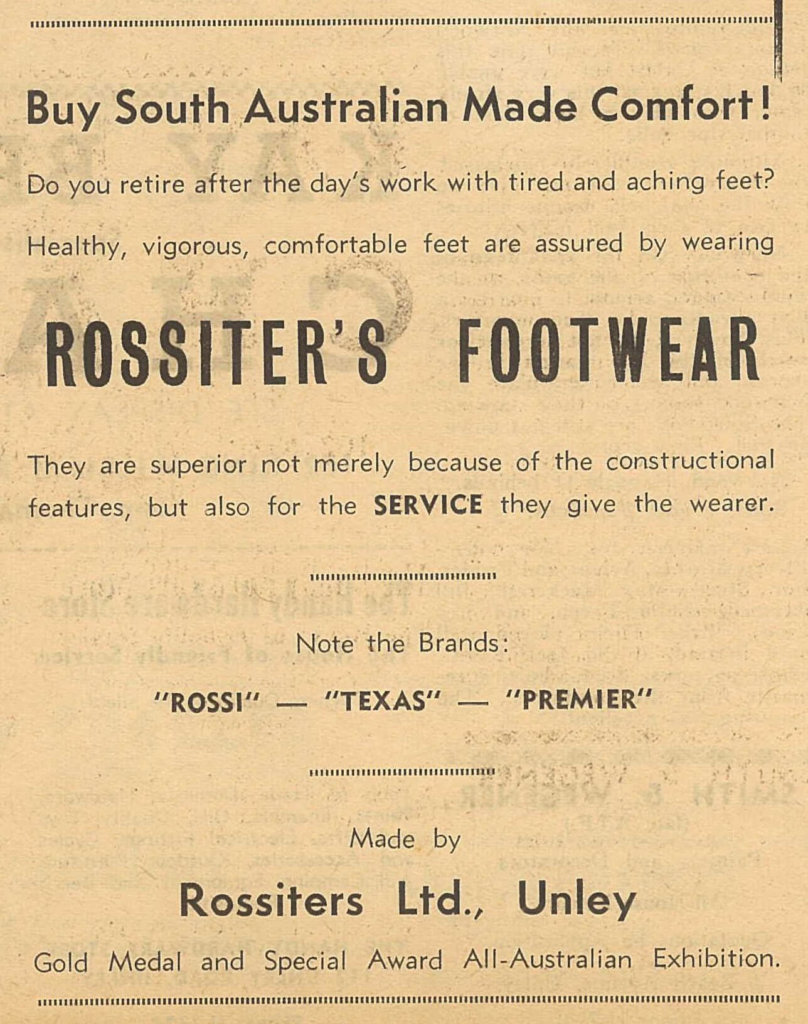
Were you and your siblings keen to join the business growing up?
Not initially; we had our respective interests and pursued them in post-secondary. Our father respected our choices but also let us know that we always had a place at Rossi Boots if we wanted it. He didn’t want us to feel the pressure that previous generations felt. My dad didn’t have an option. Nor did his cousin, Dean, who ran the business when my father joined. They had a great life in the family business, but they didn’t know anything else. As it turns out, all three of my father’s children are now involved in Rossi Boots.
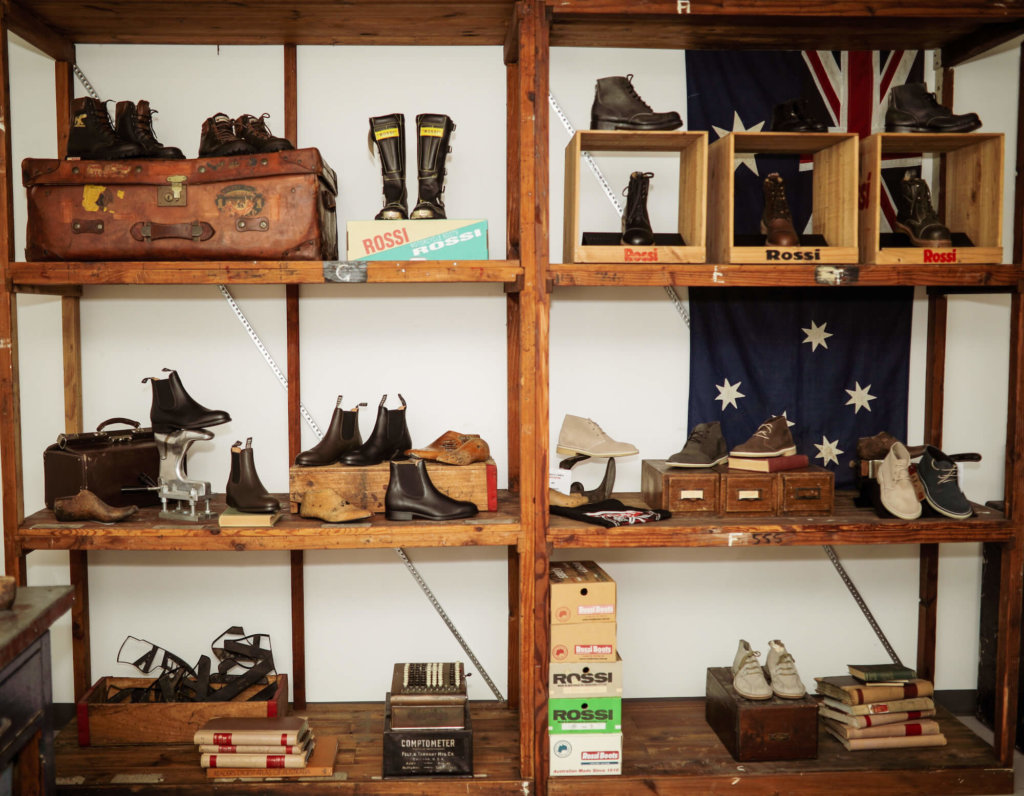
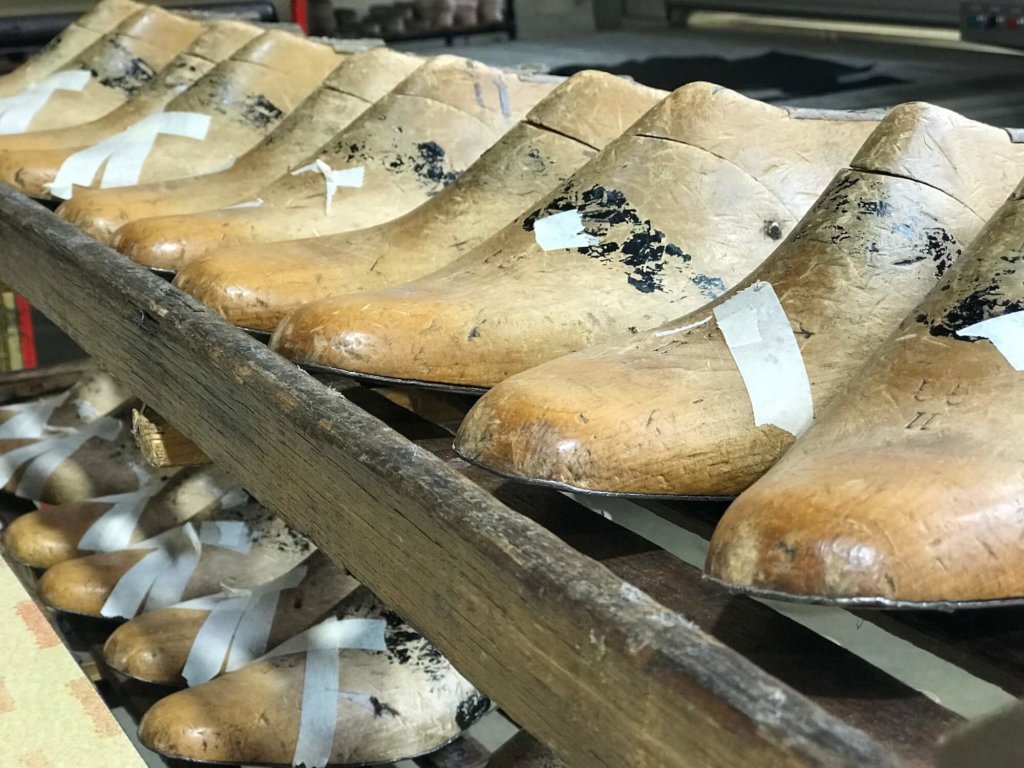
Was there a shared vision for the company among you and your siblings when you joined?
There was a shared vision, but implementing it was incredibly difficult. My dad left the business, and so did my uncle, who was largely responsible for product design. He spent a lot of his time out on the road maintaining good relationships with our customers and generating new designs based on their suggestions. Only my father’s cousin, Dean, remained. He had been running the company for 50 years at that point, and relinquishing control proved challenging for him. Eventually, however, we secured a new CEO.
“In South Australia at least, the fourth generation is often tasked with rebuilding the family business to weather the modern commercial climate, and that’s exactly what we’re doing.”
What other challenges have you had to overcome on the way to Rossi Boots’ newest incarnation?
Our industry has changed dramatically over the last 20 years. The resiliency and flexibility needed to navigate these profound changes didn’t exist when we joined. Rossi Boots was still operating the same way it had been in its heyday, but there were too many different styles, and it just wasn’t working.
We’ve had to restructure, redesign and relocate. Over the last four years, we’ve changed everything – including the culture, which has meant significant staffing changes as well. It’s been hard work.
My husband has also joined the company; now, our entire family is invested in this transformation.
In South Australia at least, the fourth generation is often tasked with rebuilding the family business to weather the modern commercial climate, and that’s exactly what we’re doing.
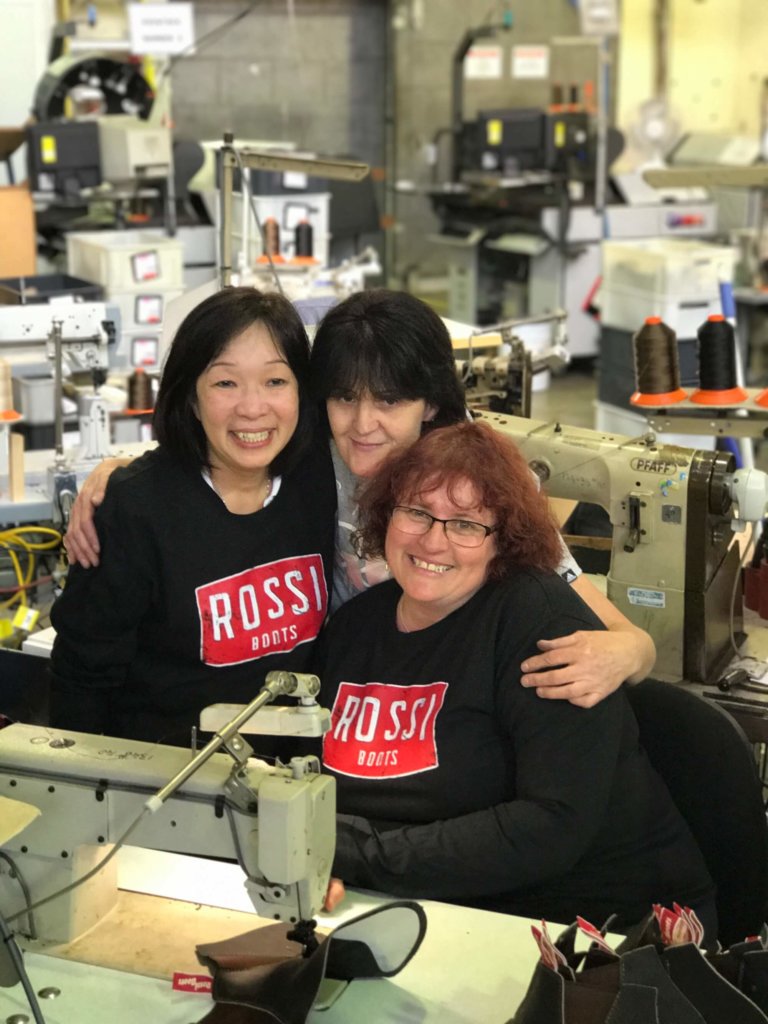
“The ability to draw on decades of classic Rossi designs to work with is a tremendous advantage. It’s a strategy that imbues the organisation with flexibility when targeting certain segments.”
What has changed in your industry over the last 20 years, and how have you dealt with that directly?
For us, it’s been the rise of imported goods and the price pressure that exerts on everyone. Also, fluctuations in Australia’s economy have created financial issues for many of our customers. These two factors represent considerable challenges for our company.
One of our competitors even moved operations quietly so they could continue to capitalise on their Australian-made pedigree. Their decision has paid off, making them, arguably, the most well-known Australian boot brand with the sales to match.
At the moment, our priority is stabilising the business while focussing on our strength: making quality work boots. That said, we are also exploring opportunities with products made internationally but sharing our construction formula and philosophy.
We are aligned with Australian consumers and will always offer them a locally made, Rossi brand product. However, other customers are very price-point sensitive and less concerned with geography.
Because of our history, we can play with our portfolio, incorporating some of our vintage designs and creating different versions of them. The ability to draw on decades of classic Rossi designs to work with is a tremendous advantage. It’s a strategy that imbues the organisation with flexibility when targeting certain segments.
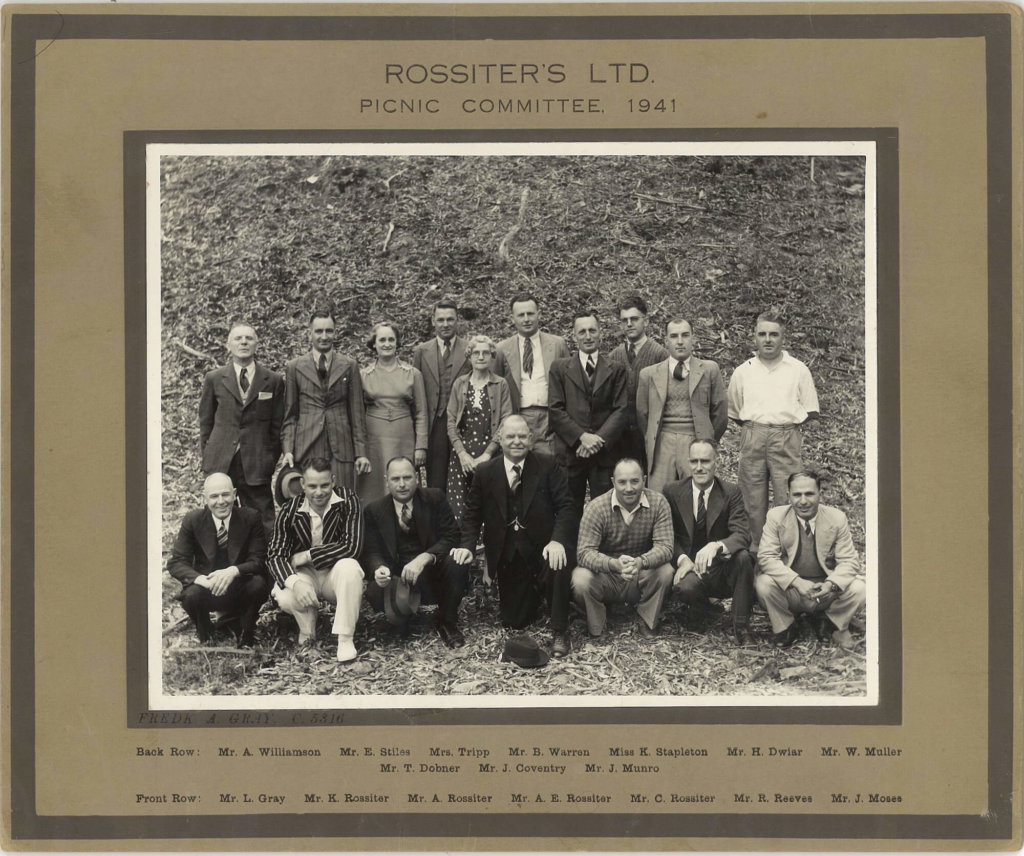
Is your approach to recruiting your children as subtle as your father’s?
If I insisted that my son or daughter join the family business, both would probably do the exact opposite. I’ll absolutely follow my father’s lead with regards to the next generation and hope that it works with my children in the same way as it did with me.
Being an Australian family-owned company is a significant draw for many consumers in our country. Offering Australian-made products with over 100 years of experience is a potent tool internationally as well, especially in the US and Canada. Obviously, maintaining our identity both at home and abroad is essential, but respecting the wishes of my children is just as important. Finding the right successors for the business is perhaps what matters most, even if they don’t end up being my children, because after all, owning a family business is itself a little like having a child.



